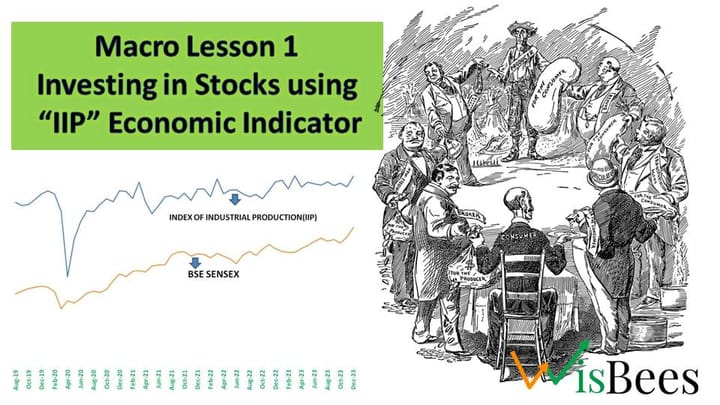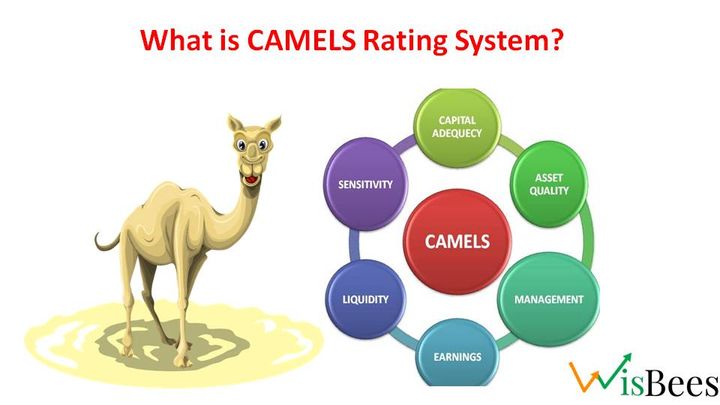Capital Asset Pricing Model (CAPM)

The Capital Asset Pricing Model (CAPM) is a financial tool that helps investors determine the expected return on an investment based on its level of risk. The basic idea behind the CAPM is that investors should be compensated for the level of risk they take on when investing in an asset.
It is a widely used model in the finance industry and is often used to calculate the appropriate discount rate for valuing stocks, bonds, and other investments.
The CAPM formula can be expressed as follows:
E(R)=Rf+β(Rm-Rf)
Expected Return (E(R)) = Risk-Free Rate (Rf) + Beta (β) x (Expected Market Return (Rm) - Risk-Free Rate (Rf))
The model assumes that there is a risk-free rate of return, which represents the return an investor would receive by investing in a completely risk-free asset, such as Treasury Bills. This risk-free rate of return is used as a baseline for determining the expected return on other investments.
The difference between the expected return on the market and the risk-free rate is known as the market risk premium(Rm-Rf). the expected return on investment is equal to the risk-free rate plus the beta coefficient multiplied by the market risk premium.
Let’s Explain with an Example
Suppose you are considering investing in a stock with a beta of 1.2, and you expect the risk-free rate to be 3% and the expected market return to be 8%. Using the CAPM formula, you can estimate the expected return on the stock as follows:
Expected Return = Risk-Free Rate + Beta x (Expected Market Return - Risk-Free Rate)
Expected Return = 3% + 1.2 x (8% - 3%)
Expected Return = 3% + 1.2 x 5%
Expected Return = 9%
This means that according to the CAPM, you should expect to earn a return of 9% on your investment in the stock based on the level of systematic risk or beta of the stock relative to the market.
The CAPM can also be used to compare the expected returns of different investments. For example, if you are considering two stocks with different betas, you can use the CAPM to estimate their expected returns and assess which stock offers a better risk-return trade-off.
Assumptions of CAPM
CAPM relies on several key assumptions, including:
- Perfectly efficient markets: The CAPM assumes that markets are perfectly efficient, meaning that all available information is reflected in the price of assets. This assumption implies that it is impossible to consistently earn excess returns through active management or by exploiting market inefficiencies.
- Homogeneous expectations: The CAPM assumes that all investors have the same expectations about future returns, risks, and correlations of assets. This assumption implies that all investors have access to the same information and use the same methods to analyze it.
- Risk aversion: The CAPM assumes that investors are risk-averse and require compensation for taking on additional risk. This assumption implies that investors would choose a less risky asset over a riskier one if both assets offered the same expected return.
- Single-period investment horizon: The CAPM assumes that investors hold assets for only one period and do not change their portfolios during that period. This assumption implies that investors do not revise their expectations or alter their investment strategies based on changing market conditions.
- No taxes or transaction costs: The CAPM assumes that there are no taxes or transaction costs associated with buying or selling assets. This assumption implies that investors can buy and sell assets without incurring any costs or taxes, which may not be realistic in practice.
CAPM and Security Market Line
The SML(Security Market Line) is a graphical representation of the CAPM that shows the relationship between the expected return and the beta of an asset.
The SML is a straight line that shows the required rate of return for a particular investment based on its beta, which measures the investment's systematic risk relative to the overall market.
The SML is a straight line that starts at the risk-free rate and has a slope equal to the market risk premium. The point where the SML intersects the y-axis represents the risk-free rate, while the point where it intersects the x-axis represents the beta of the market portfolio.
Investors can use the SML to determine whether an asset is overvalued or undervalued based on its expected return and beta. If the expected return of an asset is above the SML, then the asset is undervalued, and investors should buy it. If the expected return is below the SML, then the asset is overvalued, and investors should sell it.
CAPM Applications
Some of the applications of the CAPM model are:
- Portfolio optimization: The CAPM model is used to identify the optimal portfolio that can be created by combining different assets with different levels of risk and expected returns.
- Asset valuation: The CAPM model is used to determine the value of an asset by discounting its expected future cash flows to the present using the asset's required rate of return derived from the CAPM equation.
- Risk analysis: The CAPM model is used to estimate the risk of an asset by measuring its beta, which represents the sensitivity of the asset's returns to changes in the market.
- Cost of capital: The CAPM model is used to estimate the cost of equity capital for companies, which is an important input in determining a firm's overall cost of capital.
- Capital budgeting: The CAPM model is used to determine the required rate of return for investment projects, which helps companies make decisions about which projects to pursue.
Key Takeaways
- CAPM helps investors determine the expected return on an investment based on its level of risk.
- The model assumes that investors should be compensated for the level of risk they take on when investing in an asset.
- The formula for CAPM is E(R) = Rf + β(Rm - Rf), where E(R) is the expected return, Rf is the risk-free rate, β is the asset's beta coefficient, and Rm is the expected market return.
- CAPM relies on several key assumptions, including perfectly efficient markets, homogeneous expectations, risk aversion, single-period investment horizon, and no taxes or transaction costs.
- The Security Market Line (SML) is a graphical representation of the CAPM that shows the relationship between the expected return and the beta of an asset.
- The applications of CAPM include portfolio optimization, asset valuation, risk analysis, cost of capital estimation, and capital budgeting.



